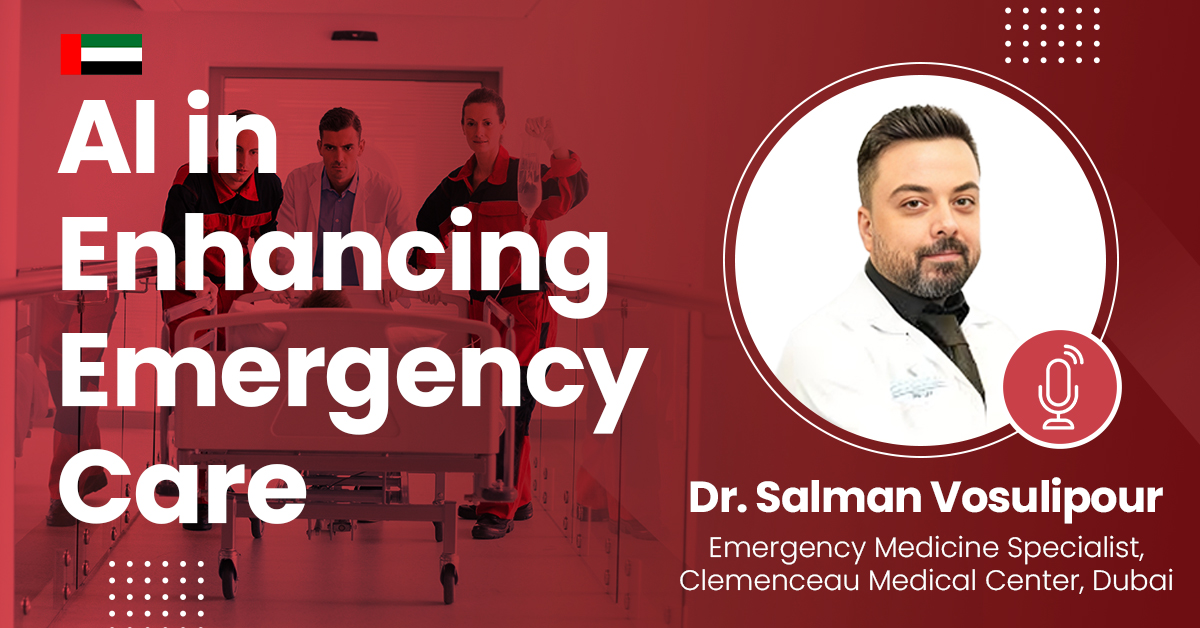- 75k views
Management of ascites in chronic liver disease
The management of ascites in chronic liver disease involves a multifaceted approach addressing the underlying liver dysfunction, fluid retention, and associated complications. Sodium restriction is a fundamental dietary intervention to manage ascites, aiming to decrease fluid accumulation by limiting water retention. Diuretics, such as spironolactone and furosemide, are commonly prescribed to promote diuresis and reduce ascitic fluid buildup by increasing urine output. Regular monitoring of weight, blood pressure, and renal function is essential to adjust diuretic dosages and prevent electrolyte imbalances. Paracentesis, a procedure involving the removal of excess ascitic fluid through a needle, may be performed for therapeutic and diagnostic purposes in cases of severe ascites. Transjugular intrahepatic portosystemic shunt (TIPS) is an interventional radiology procedure that can be considered in refractory cases to redirect blood flow and reduce portal hypertension. Antibiotic prophylaxis is often recommended to prevent spontaneous bacterial peritonitis (SBP), a serious complication associated with ascites. Liver transplantation is the ultimate therapeutic option for chronic liver disease with refractory ascites, offering a chance for long-term resolution.
About the Speaker

Dr. Uday Sanglodkar
Senior Consultant Hepatology and Liver Transplant Global Hospital, Mumbai Co Founder Func Dent- Functional Dentistry, Mumbai
Dr. Uday Sanglodkar is currently working as Senior Consultant - Hepatology and Liver Transplant Clinical Lead Liver intensive care. Dr Uday has worked at Rela Institute and Medical centre (RIMC) as a Consultant Hepatologist and Liver Transplant physician for 3 years. Dr Uday is a Senior Consultant with vast experience in hepatology/ transplant Hepatology. His areas of interest include Hepatobiliary diseases, liver intensive care and transplant Hepatology.
Upcoming Case Discussions
Hyperlipidemia: From Diagnosis to Treatment
Hyperlipidemia is a condition characterized by elevated levels of lipids, such as cholesterol and triglycerides, in the blood, which can increase the risk of cardiovascular diseases. Diagnosis typically involves blood tests measuring lipid profiles, while treatment focuses on lifestyle changes, such as diet and exercise, alongside medications like statins to manage cholesterol levels and reduce cardiovascular risk. Regular monitoring is essential for effective management and prevention of complications.
Acne: Disorders and Treatment Approaches
Acne is a common dermatological condition caused by clogged pores, excess sebum production, bacterial growth, and inflammation. It can manifest as blackheads, whiteheads, papules, pustules, or cysts, often leading to scarring if untreated. Various factors, including hormonal changes, diet, stress, and genetics, influence its severity. Treatment approaches range from topical and oral medications, such as retinoids, antibiotics, and hormonal therapy, to advanced procedures like chemical peels and laser therapy. A personalized skincare regimen, along with lifestyle modifications, plays a crucial role in managing and preventing acne.
Pulmonary Hypertension
Safer alternatives in pain management focus on reducing the reliance on opioids and minimizing the risk of addiction or side effects. Non-opioid medications such as acetaminophen, NSAIDs, and anticonvulsants are increasingly used for managing both acute and chronic pain. Additionally, physical therapy, acupuncture, and cognitive-behavioral therapy are non-pharmacological approaches that effectively address pain without the risks associated with traditional painkillers. For certain cases, interventional procedures like nerve blocks or spinal cord stimulation offer targeted relief while minimizing systemic side effects. These alternatives aim to provide effective pain management while enhancing patient safety and quality of life.
Molecular and Genetic studies in Gynaecological Malignancies
Molecular and genetic studies in gynecological malignancies have revolutionized diagnostics, prognostics, and targeted therapies. Advances in genomic sequencing have identified key mutations in ovarian (BRCA1/2, TP53), endometrial (PTEN, MSI), and cervical cancers (HPV integration, PIK3CA). These findings aid in precision medicine, guiding individualized treatments like PARP inhibitors for BRCA-mutated ovarian cancer. Epigenetic modifications, including DNA methylation and miRNA regulation, further influence tumor progression and therapeutic response. Emerging technologies like liquid biopsies and multi-omics approaches enhance early detection and monitoring. Understanding these molecular pathways is crucial for developing novel therapies and improving survival outcomes in gynecological malignancies.
AI in Enhancing Emergency Care
AI is revolutionizing emergency care by enabling faster, more accurate decision-making. It helps triage patients efficiently, analyze medical data in real-time, and predict outcomes based on historical data, which can prioritize critical cases. AI-powered tools, like diagnostic imaging analysis and predictive algorithms, assist doctors in identifying conditions such as strokes or heart attacks earlier, improving survival rates. Additionally, AI enhances resource allocation and staff management in emergency departments, optimizing response times and reducing workload for healthcare providers.








